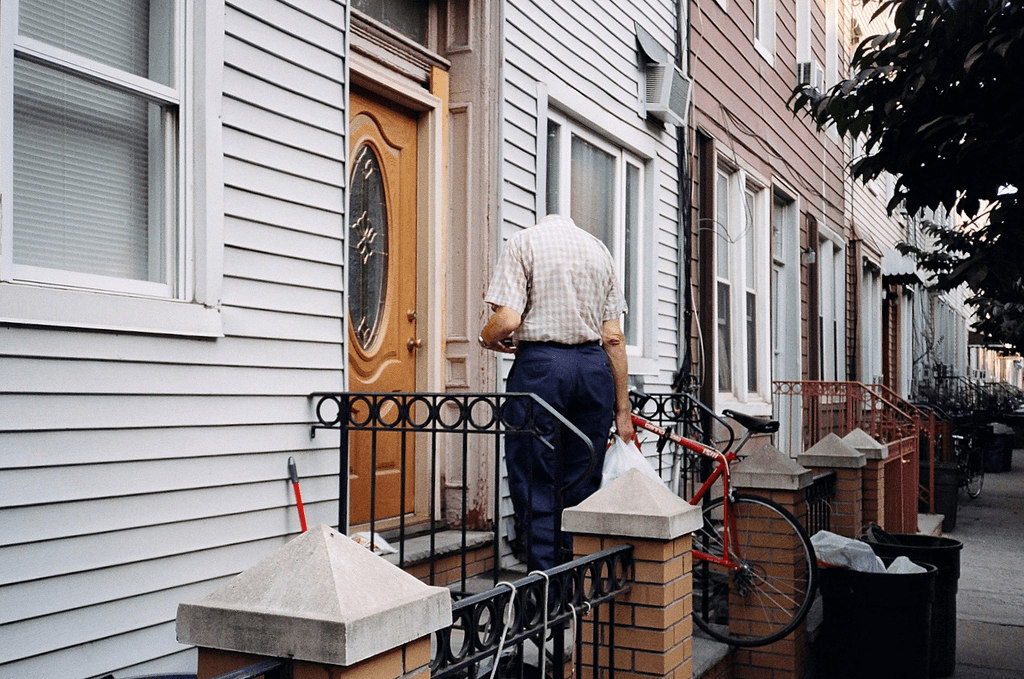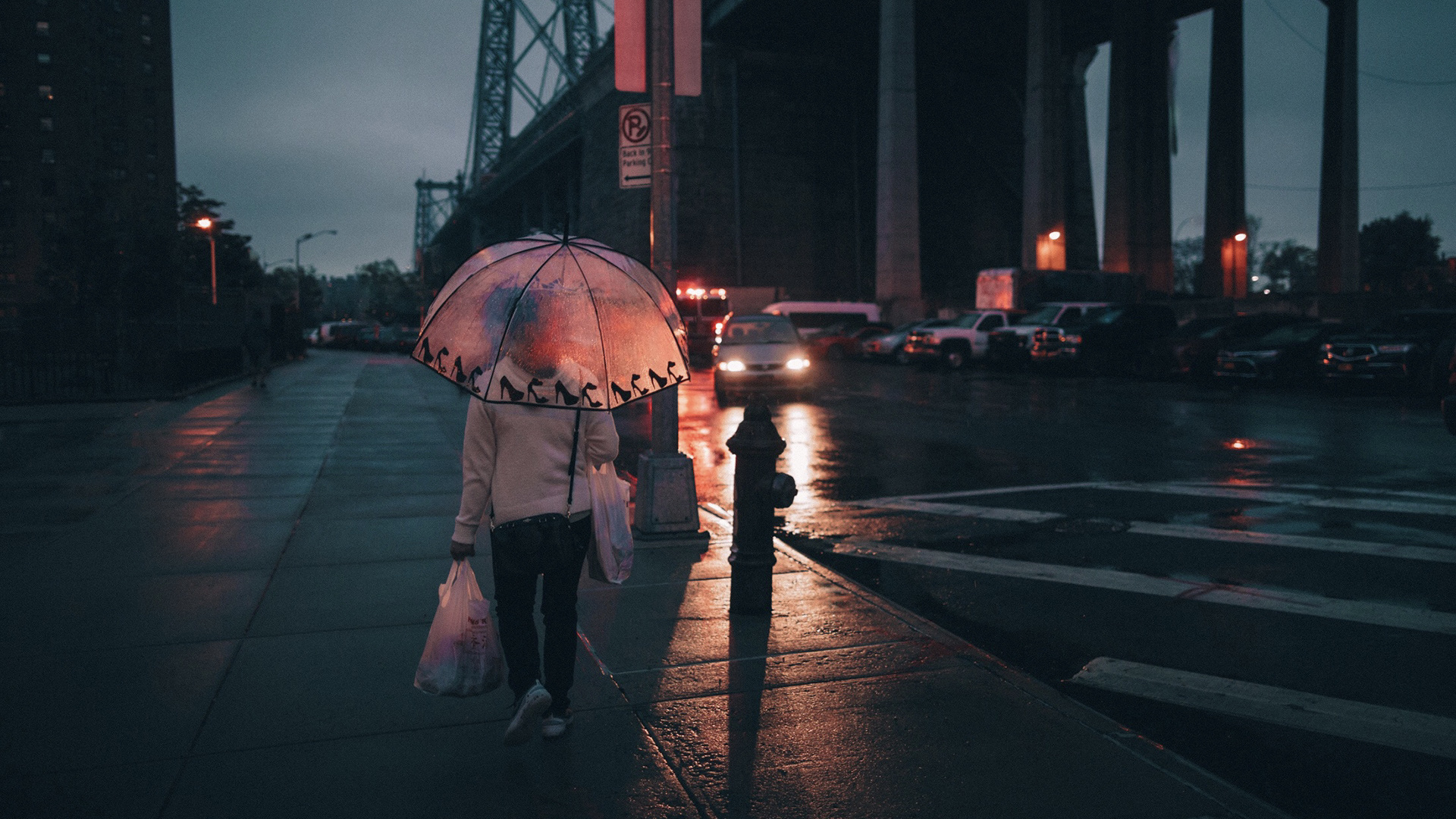All about Street Photographers
Table of ContentsSome Known Facts About Street Photographers.All about Street PhotographersNot known Details About Street Photographers The Of Street PhotographersThe Ultimate Guide To Street Photographers
, a category of photography that documents daily life in a public place. The actual publicness of the setup allows the digital photographer to take honest images of unfamiliar people, usually without their expertise. Street photographers do not necessarily have a social function in mind, but they favor to isolate and capture minutes which might or else go unnoticed.He was affected by numerous of those who affected the street professional photographers of the 1950s and '60s, he was not primarily interested in catching the spirit of the road., that functioned side by side with digital photographers attempting to catch the essence of city life.

Provided the great top quality of his photographs and the breadth of material, designers and artists commonly got Atget's prints to use as reference for their own work, though commercial interests were hardly his main motivation. Instead, he was driven to photograph every last remnant of the Paris he enjoyed. The mingled interest and necessity of his goal sparkle through, causing pictures that tell his very own experience of the city, top qualities that prepared for road digital photography of the 20th century.
Fascination About Street Photographers
They disclose the city with his eyes. His work and basic understanding of photography as an art kind served as ideas to generations of digital photographers that complied with. The future generation of road professional photographers, though they likely did not describe themselves therefore, was introduced by the photojournalism of Hungarian-born digital photographer Andr Kertsz.
Unlike his peers, Brassa used a larger-format Voigtlnder video camera with a longer exposure time, forcing him to be much more calculated and thoughtful in his technique than he may have been if utilizing a Leica. (It is thought that he might not have been able to pay for a Leica back then, but he did, nonetheless, utilize one in the late 1950s to take colour photographs.) Brassa's pictures of the Paris abyss illuminated by fabricated light were a revelation, and the collection of the collection that he published, (1933 ), was a major success.
Cartier-Bresson was a champion of the Leica camera and one of the first professional photographers to maximize its abilities. The Leica enabled the digital photographer to interact with the environments and to record minutes as they occurred - Street Photographers. Its relatively little dimension likewise helped the digital photographer fade right into the history, which was Cartier-Bresson's preferred approach
Street Photographers Fundamentals Explained
It is due to this fundamental understanding of the art of picture taking that he is frequently credited with discovering the tool around again roughly a century since its invention. He took pictures for greater than a half century and influenced generations of digital photographers to trust their eye and instinct in the moment.
These are the inquiries I will attempt to address: And after that I'll leave you with my own interpretation of road photography. Yes, we do. Allow's begin with defining what an interpretation is: According to it is: "The act of defining, or of making something definite, distinctive, or clear".
No, most from this source definitely not. The term is both limiting and misguiding. Sounds like a road photography should be pictures of a streets ideal?! And all street digital photographers, except for a tiny number of absolute newbies, will fully value that a street is not the vital element to road photography, and in fact if it's a photo of a street with maybe a few boring people doing nothing of interest, that's not street digital photography that's a snapshot of a road.
He makes a valid point don't you official website assume? Nevertheless, while I concur with him I'm not exactly sure "honest public digital photography" will certainly catch on (although I do sort of like the term "honest digital photography") due to the fact that "street photography" has actually been around for a very long time, with many masters' names connected to it, so I think the term is here to stay.
What Does Street Photographers Mean?
Inside?! I hear you yell as you shake your clenched fist to the skies. Why not? You can shoot at the beach, at an event, in a street, in a park, in a piazza, in a cafe, at a museum or art gallery, in a city terminal, at an event, on a bridge, under a bridge ...

6 Easy Facts About Street Photographers Shown

Comments on “Unknown Facts About Street Photographers”